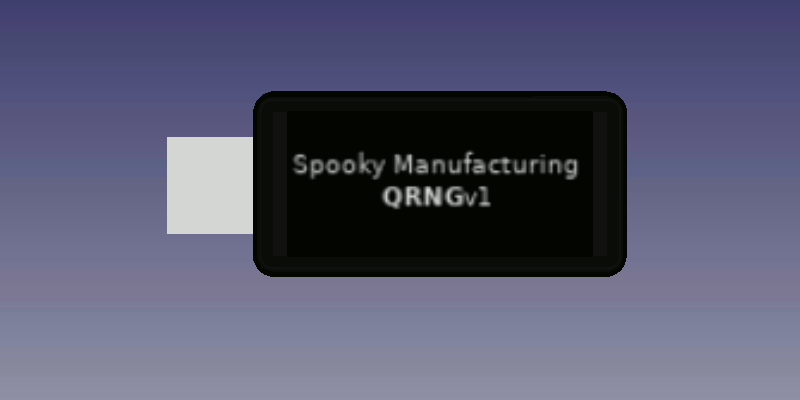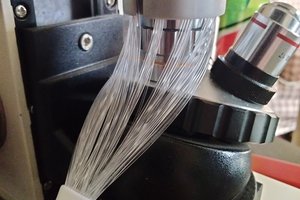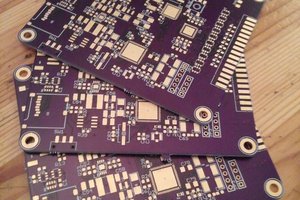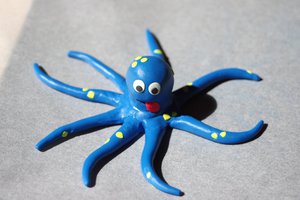For those who don't have the time to read the article I wrote about DIY quantum computing where I go over more in-depth how this device works, I'll try to summarize the key points on the physics behind this:
So, a photon is a wave-particle, that means sometimes it acts as a wave does, and sometimes acts like a particle. If you throw a particle down a hallway with two doors at the end, it will go through one or the other, but when a wave goes through the same hallway it creates two new waves originating at the doors. There's a whole bunch of sciency principles used to describe parts of this wave-particle duality, but the basic gist is that when a wave-particle is being observed it acts as a particle, when a wave-particle is not being observed it acts as a wave.
Now, a beamsplitter is just that, it splits a beam of light into multiple paths, essentially it's the 'doors' of this whole operation. So, when we pass a beam of light through the beam splitter it will split the light into 2 modes with some probability of a photon falling into one of the two modes.
And that's just what our circuit does! We use a light source (tuned to a 45* polarization) and a 50/50 polarizing beam splitter to split the light with 50% probability of a photon being horizontally or vertically polarized. Because these are distinct modes it is trivial to detect which mode the photons are in, we simply use a photoresistor on each mode, feeding the output to a comparison circuit, and arbitrarily pick a mode to be a 1 or a 0
 Noah Wood
Noah Wood




 Zachary Marlow
Zachary Marlow

 Ashley
Ashley
 Will
Will
Question, what values aare those photoresistors in your original model